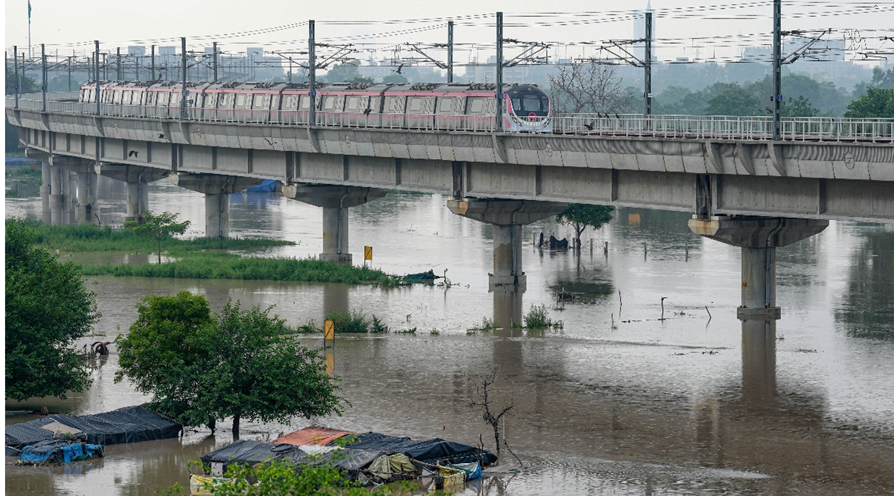Free Courses Sale ends Soon, Get It Now


Free Courses Sale ends Soon, Get It Now



Copyright infringement not intended
Context: The heavy rainfall in Delhi and nearby regions, along with the release of water from Hathni Kund Barrage, has increased the possibility of flooding in low-lying areas near the river. The Delhi Police has enforced restrictions under CrPC section 144 in the areas that are vulnerable to floods.
Details
What is Section 144?
Powers of administration under the provision
When is Section 144 imposed?
Section 144 imposed in Delhi?
Must-Read Articles:
Floods: https://www.iasgyan.in/daily-current-affairs/floods
Flash Floods: https://www.iasgyan.in/daily-current-affairs/flash-floods-28
|
PRACTICE QUESTION Q. Floods are one of the most common and devastating natural disasters that affect millions of people around the world every year. What are the main causes of floods and how do they impact the environment, society and economy? What are the challenges faced by governments, communities and individuals in coping with and recovering from floods? What are some of the possible solutions or strategies to prevent or mitigate the effects of floods in the future? |
© 2024 iasgyan. All right reserved